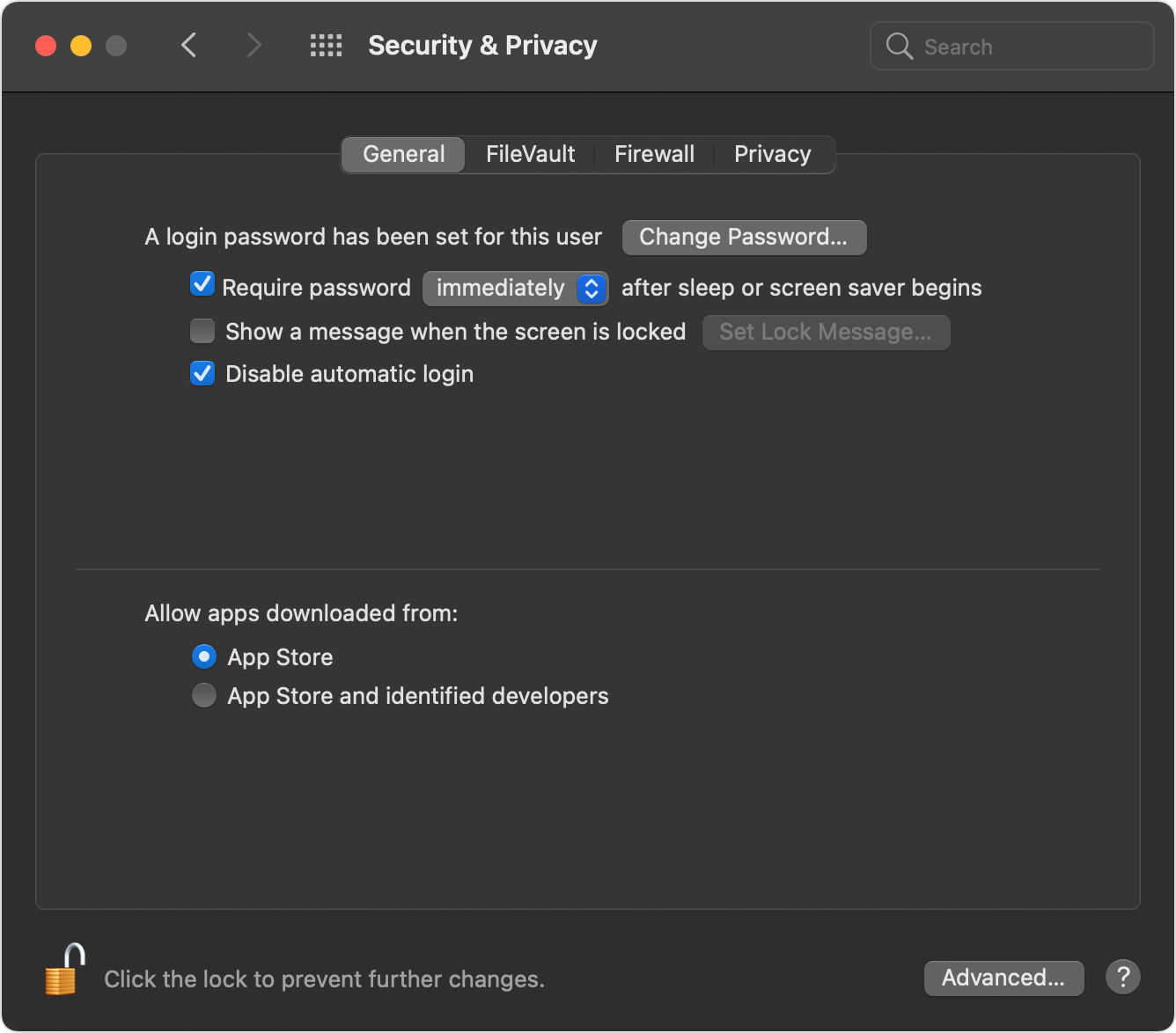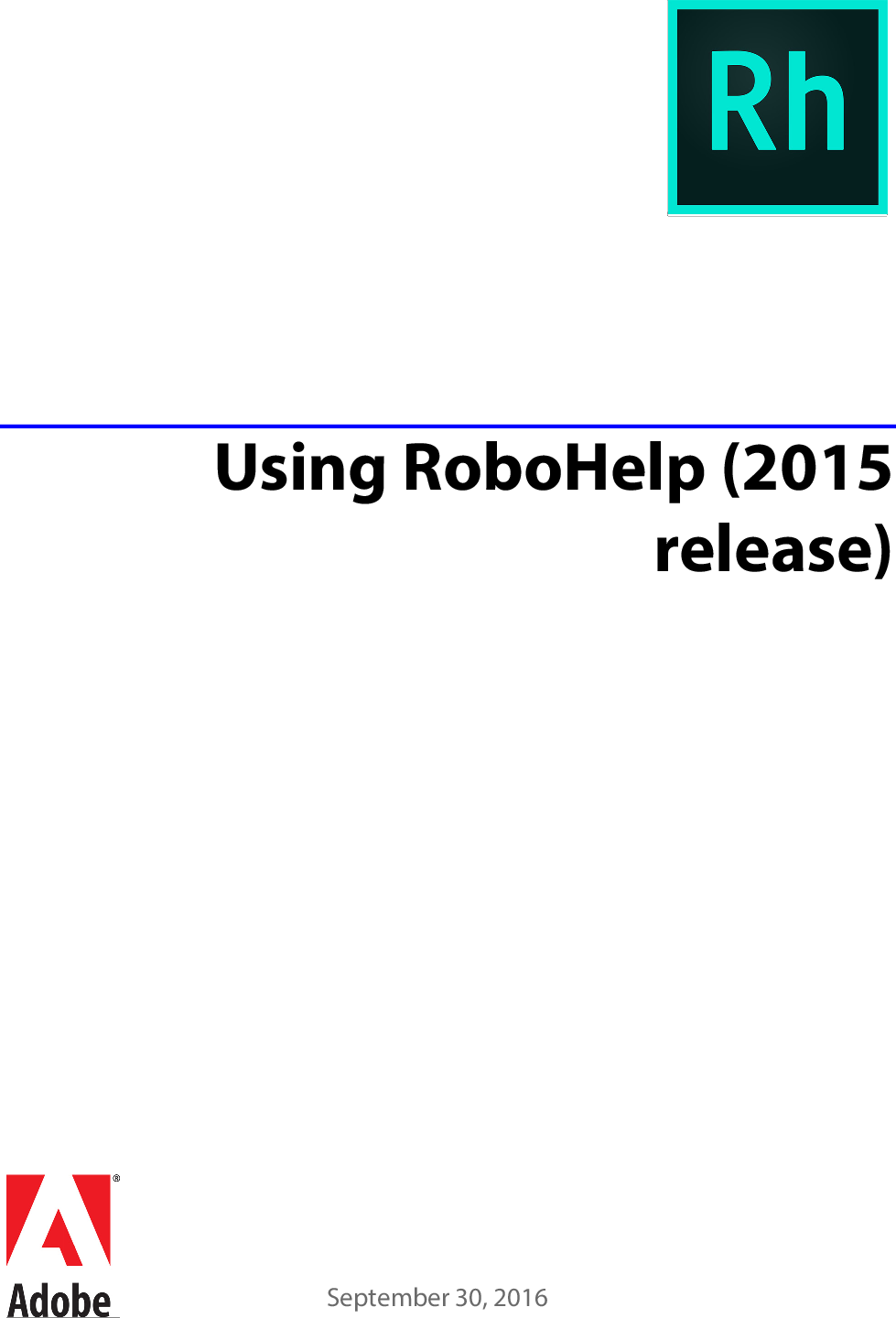- How To Allow Download Pc
- How To Not Allow Downloads On Mac
- How To Allow Unidentified Downloads On Mac
- Mac Allow Downloads From Anywhere
- Allow Downloads On Microsoft Edge
- Allow Downloads On Windows 10
- Allow Third Party Downloads On Mac
- Select the 'General' tab, and select the lock in the lower left corner to allow changes. Enter your computer username and password, then select 'Unlock.' In the 'Allow apps downloaded from:' section, select the radio button to the left of 'Anywhere.'
- Pause a download: Click the Stop button to the right of the filename in the downloads list. To resume, click the Resume button. Find a downloaded item on your Mac: Click the magnifying glass next to the filename in the downloads list. If you move a file or change the download location after downloading it, Safari can’t find the file.
If you’ve ever tried to open an app from an unidentified developer on your Mac, you know that it can be a tricky task. macOS has security measures in place that block this action in the hopes of protecting you from malware. That being said, it’s not impossible.
Step 3a: Click the Apple Icon in the upper left corner of your desktop and select 'About This Mac' Step 3b: Look below Mac OS X for: Example: Version 10.X.X, or 11.X. Step 4: Figure out which CAC (ID Card) you have (You need to know this information for step 6) Look at the top back of your ID card for these card types. At the bottom of the window, you’ll see multiple options under Allow apps to be downloaded from. Select Anywhere to allow your Mac to download any and all apps. If you later decide that you’d like to return to your Mac’s default settings and no longer allow apps to be downloaded from anywhere, just follow these steps: Launch Terminal.
Here, we’ll talk about apps from unidentified developers and show you how to allow them on your Mac. We’ll also go over some tips for staying safe when downloading new software.
What is an unidentified developer?
An unidentified developer is an app developer that isn’t registered with Apple. Generally, apps from unidentified developers haven’t been reviewed by Apple for safety and security.
Apple believes that one of the easiest ways to distribute malware is to insert its code into an app. That’s why they check apps thoroughly before allowing them to release to the Mac App Store. Apps from unidentified developers aren’t on the App Store.
This doesn’t mean that apps from unidentified developers are malicious (although they can be). They can either not comply with Apple guidelines, or be created before the ID registration started.
Why your Mac shows a warning?
In order to protect your device from dangerous apps, Apple includes security measures in their devices. One example of this is Gatekeeper. Gatekeeper is Apple’s program that recognizes whether an app has been downloaded from the App Store. This program warns you when you’ve downloaded and attempted to run software from another location for the first time.
When you receive a warning about an app, it’s because Gatekeeper flagged it as a potentially dangerous app. This doesn’t necessarily mean that the app has malware—it simply means that macOS doesn’t recognize the app (or the developer). Because of this, you won’t be able to open the app as easily as you would an app that’s been vetted and listed on the App Store.
Luckily, it’s a bit easier to download apps from unidentified developers onto your Mac than onto other Apple devices.
How to set your Mac to allow apps from unidentified developers

By default, your Mac is set to block you from opening apps that haven’t been verified by Gatekeeper. This includes both apps that aren’t from the Apple App Store and those that come from unidentified developers.
It’s a good idea to start by first setting your Mac to allow you to open apps that aren’t from the App Store.
Setting your Mac to open apps not from App Store
By setting your Mac to open apps that aren’t from the App Store, you reduce the number of warnings you’ll get when opening third-party applications. This makes it much easier to open these kinds of apps.
Here’s how to change your Mac settings to allow apps from third-party locations:
- Open your Mac’s System Preferences.
- Click on Security & Privacy, then go to the General tab.
- On the bottom left, you’ll see a padlock icon. Click on it and enter your admin password.
- Under “Allow apps to be downloaded from”, select App Store and identified developers.
Once this is done, you’ll be able to open most of the apps that aren’t on the App Store. However, you still won’t be able to open apps that aren’t recognized by macOS.
Setting your Mac to open apps from unidentified developers
If you want your Mac to allow apps from unidentified developers, you’ll have to follow a few additional steps. Firstly, try to open the unrecognized application. You’ll see a notification that it can’t be opened. Then, follow the instructions:
- Open System Preferences.
- Click on Security & Privacy, then go to the General tab.
- You’ll see the message “[App] was blocked from opening because it is not from an identified developer.” Clicking the button next to it marked “Open Anyway.”
- You’ll be asked again if you’re sure you’d like to run the app. Click the Open button to run it.
These steps allow you to open this app whenever you’d like. You should remember, though, that Gatekeeper won’t allow you to open apps that contain malware, even after following these steps.
Apple’s recommended way to open apps from an unidentified developer
Apple knows that Mac users still want to open apps from unidentified developers. Luckily, they’ve provided a method for doing so.
Here’s how:
- Go to your Mac’s Finder.
- Find the app you tried to open. If you’re having a hard time finding it, you can search for it in Finder or using Spotlight search (Command-Space).
- Right-click on the app.
- On the menu that pops up, click Open, and the app will open like any other.
Following these steps will make this app an exception, allowing you to open it again.
Opening apps from anywhere
Earlier versions of macOS used to provide the option to “allow apps from anywhere.” This would allow you to open any app without having to go through the above steps for each one you’d like to open.
While convenient, this can be dangerous, as it can leave your Mac open to malware. This is likely why it’s been hidden as a readily available option.
Are apps from unidentified developers safe?
Because they require circumventing Apple’s default security vetting process, it’s harder to determine whether apps from unidentified developers are safe. You’ll need to be sure yourself that a particular app can be trusted.
How To Allow Download Pc
The best you can do to ensure that an app is safe to open is to do your research on it. Read through some reviews and look into the experiences other users have had with the app, as these sources are the most likely to give you truthful and relevant information. Dig as deeply as you can to help avoid downloading any dodgy apps.
In Safari version 11 this option is shown as 'Prevent Cross-Site Tracking', selected by dfault. Apple Safari BrowserApple Safari is Apple's proprietary browser on the MacOSX and iOS platforms and the default browser for devices such as the iPhone, iPad and MacBook.  Testing on Safari is often a challenge without a physical test device or a device lab - many testers choose to test these. Apple Safari is notable for being the first browser to block third party cookies by default.
Testing on Safari is often a challenge without a physical test device or a device lab - many testers choose to test these. Apple Safari is notable for being the first browser to block third party cookies by default.
How To Not Allow Downloads On Mac
You should also ensure that you have antivirus software (and that it’s up to date). This adds an extra layer of protection to your Mac. If you find that an app isn’t trustworthy, opt for an alternative app in the App Store or one from an unidentified developer that you can trust.
Keep your Mac malware-free
Downloaded a suspicious app? CleanMyMac X allows you to check your Mac for potentially unwanted apps (PUA) and malware with its Malware Removal Module. This feature scans your Mac for malicious apps and allows you to delete them one-by-one or in bulk. CleanMyMac X also features a real-time malware monitor to help you keep track of whether you’re not downloading anything malicious.
How To Allow Unidentified Downloads On Mac
Here’s how to use it:
- Get the app on your Mac.
- Launch CleanMyMac X and go to Malware Removal.
- Press Scan.
If CleanMyMac X has found any threats, press Remove to delete them. Additionally, you can free lots of space on your Mac by deleting outdated cache files, system log files, and other unused junk with the System Junk feature.
Mac Allow Downloads From Anywhere
Now, you know how to install any app on your Mac and circumvent the restrictions. But, if you aren’t vigilant enough, you may need to deal with the consequences of malicious software. It’s a good idea to always question the apps you want to install and look for additional reviews and testimonials.
TL:DR answer:
Allow Downloads On Microsoft Edge

I think 'downloads on' should be read as 'downloads from'.
Detailed answer:
Allow Downloads On Windows 10
I think you're asking about the meaning of the question in the popup menu because the common-use prepositions used with 'download' and 'upload' are {'from', 'to', 'onto'}. There is no prepositional phrase 'download on' in standard usage that I know of. I think it's a problem that Apple needs to fix. In the meantime, I think we can interpret the question as 'downloads from'. You can infer what they're getting at if you go to Safari's Preferences panel, then Websites -> Downloads. What you've got there is a list of websites 'on' which you've set a preference regarding whether/how you want to allow each to download files to your computer, as {'Ask', 'Deny', 'Allow'}. That seems to have been the developer's frame of mind when they used the 'on', meaning you're setting the preference 'on' each domain, but geez it sounds way too close to 'Do you want to allow downloads onto google.com?' which would imply files would be moving the other direction and you're being asked about authorizing google.com to upload files from your computer to their server.
Allow Third Party Downloads On Mac
Nov 1, 2019 3:11 PM